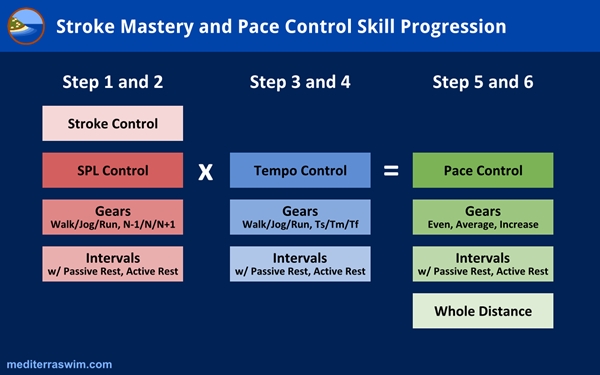Minimum Amount Of Practice Part 3
Rotate sport emphasis (if you have multiple sports to train for).
Here is an idea multi-sport athletes might work with. Instead of always trying to give an equal 1/3 of your resources to each sport, you may emphasize one sport for a period of time while giving a minimal amount of maintenance to the others. For a few weeks or a couple months you may give emphasis (in time and intensity) to one of the sports and reduce the emphasis on the others – just do enough to maintain a level of ability in those sports.
There is some cross-over of fitness between the tri-sports and you can rely on that to some extent. Devote X weeks to more intense focus on one sport, building up to a new level (granted you’ve build a base in that sport), while doing just enough in the other two sports to maintain your level there. Then you may switch to a new sport emphasis.
For example:
- Month 1 – Swimming emphasis, minimal on Running, Cycling
- Month 2 – Running emphasis, minimal on Cycling, Swimming
- Month 3 – Cycling emphasis, minimal on Swimming, Running
Of course, you may want to keep this in tune with the seasons. Say, for instance, you have the opportunity to travel to the Med (with me!) to work on swimming when the water and weather are awesome, so you can back off the less convenient sport of cycling. Then there may be an ideal distance cycling season in your region. And there may a season of more ideal running weather (I prefer harder run training in winter!) when swimming distance outside is not practical. I’ve done it this way with swimming and running some years. When the summer heat comes it makes makes running hard, while the water is still cool enough to swim with intensity. I would spend the winter building a running base so I could maintain over summer with much less running until it cools off again in the fall. Then in late spring I started emphasizing swimming distance to build my base for a fall long-distance swim project. I switched from mostly running in winter to mostly swimming in summer.


